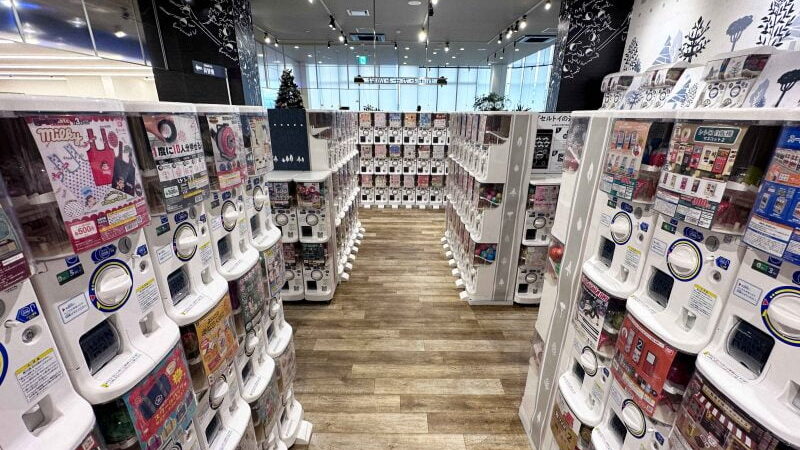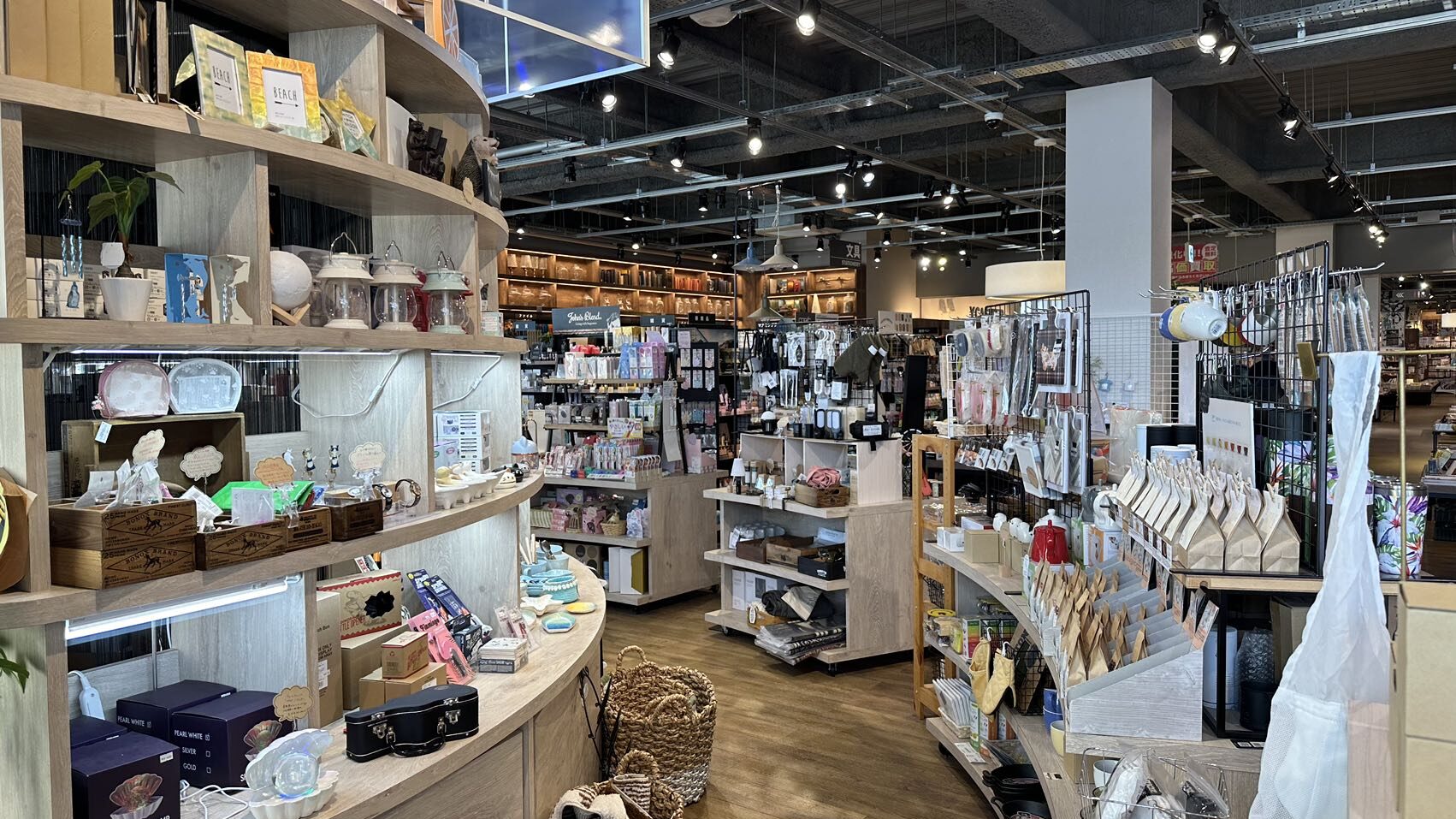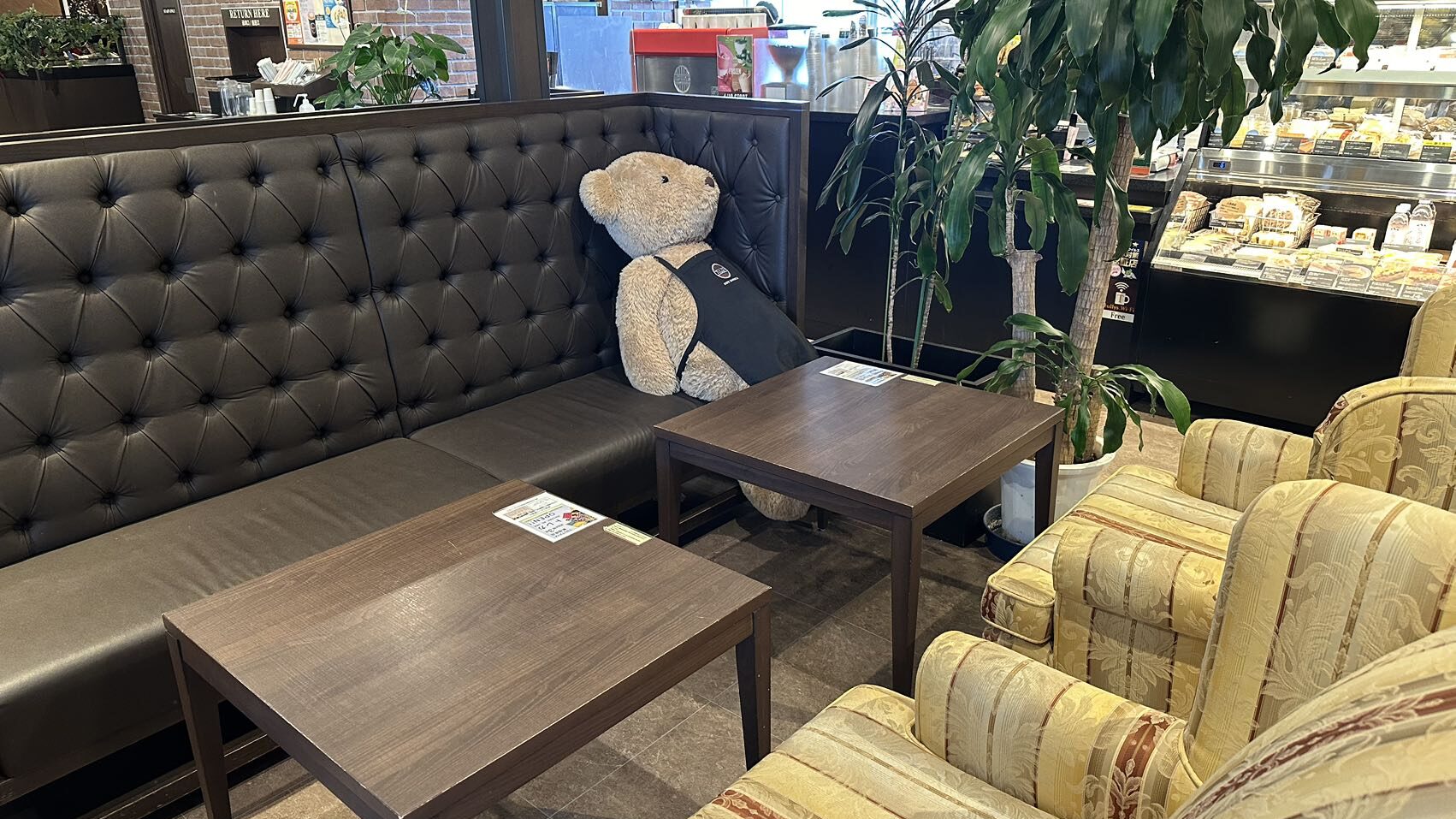出雲
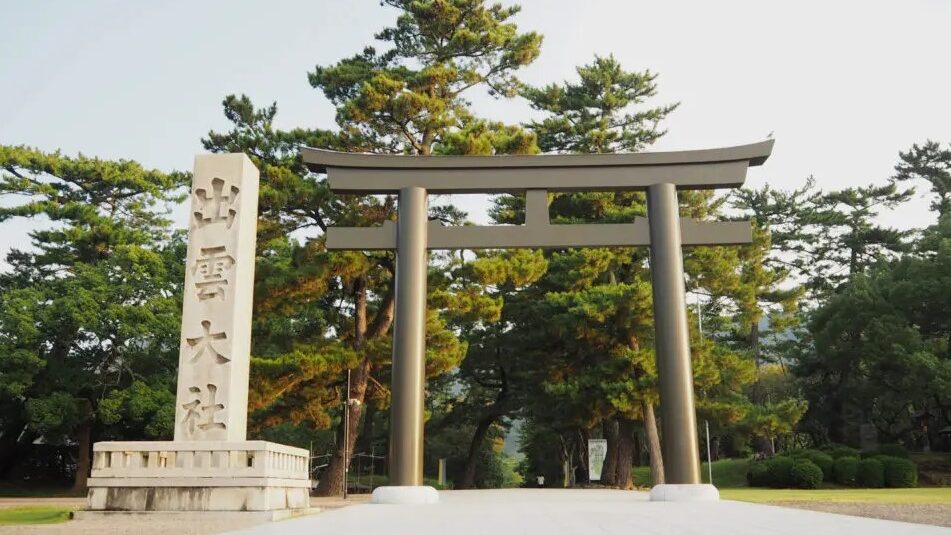

出雲大社
Our first stop will be Izumo-taisha, the number one power spot in Japan. Did you know that it is the place where all the gods of Japan gather? Izumo-taisha is one of the oldest shrines in Japan, mentioned in the oldest existing history books in Japan, Kojiki and Nihonshoki. Considered one of the three great shrines of Japan, many people from Japan and abroad visit Izumo Shrine every year to see its mysterious shrines.
The solemn atmosphere of thousands of years of history makes one’s spine tilt involuntarily. First, let’s enter the approach to the shrine from the main gate, Seidamari no Otorii. As you proceed, you can enjoy the rows of pine trees that have been selected as one of the 100 best pine trees in Japan. In addition, you will be overwhelmed by the power of the large sacred straw rope in front of the Kaguraden Hall. Please come and see the fusion of Shimane’s magnificent nature and the historic Izumo-taisha Shrine. You will be empowered at the beginning of your trip.
稲佐の浜島
Sandy beach located in Taisha-cho, Izumo City, Shimane Prefecture, close enough to walk to Izumo Taisha Shrine. It offers a view of the clean and calm sea. The beach stretches about 10 km from north to south and opens in a bow to the west. It is also the stage of the myth of the handing over of the country, and names such as “Inasa-no-Kohama” and “Gojutasasa-no-Kojei” can be seen. In addition, the western coast of the Shimane Peninsula leading south from Inasa-no-hama is called “Sono no nagahama,” and is said to be the rope connecting the Shimane Peninsula and Mount Sahibe (Mt. Sanbei) in the “Kokubiki” myth described in “Izumo no kuni fudoki. Why not take a break and feel the history?
玉造温泉
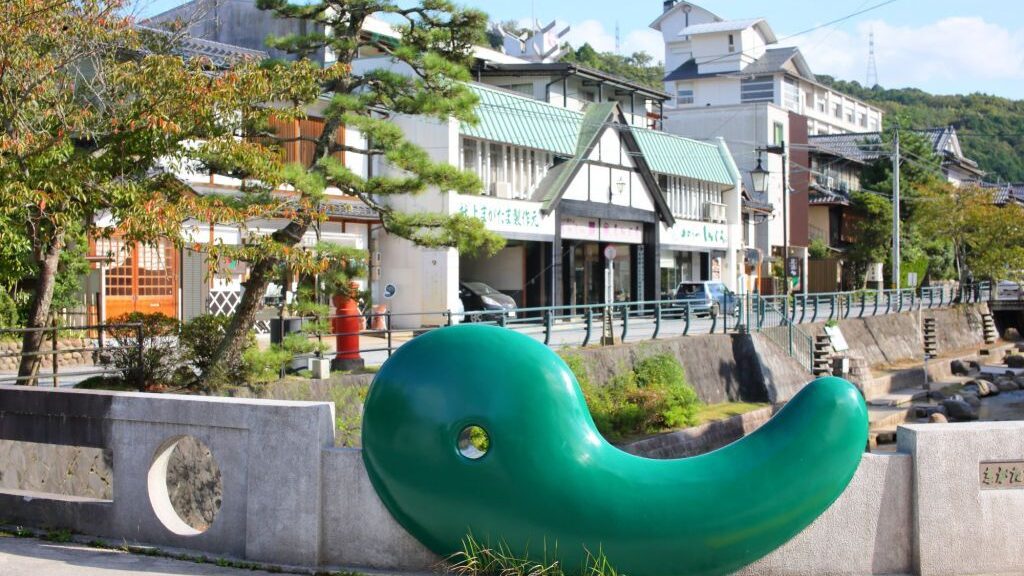

On the way from Izumo to Matsue, there is Tamatsukuri Onsen, a hot spring praised as the hot spring of God. The not so large spa town is a collaboration of a quiet atmosphere with a sense of history and gods, and cute objets d’art. Its smooth texture has been popular for about 1,300 years as a hot spring for beautiful skin. Together with Izumo, Tamatsukuri is said to be beneficial for marriage. It is a rare hot spring resort in Japan where women can enjoy beautiful skin and pray for a good marriage at the same time.
松江


松江城
Matsue Castle is one of the most special castles in Japan. Matsue Castle’s keep is one of only 12 surviving castles in Japan. The existing castle keep was built in the Edo period or earlier, and it is a special entity that has remained unbroken to the present day. Among them, Matsue Castle Keep, completed in Keicho 16, is designated as a National Treasure as it represents the heyday of early modern castles. It takes about 20 minutes to reach the castle tower on foot. Everyone can easily visit. Visitors can also take a boat ride around the moat surrounding the castle. Why not enjoy the castle town from the castle tower and Matsue Castle from the moat from both perspectives?
島根県立美術館
Opened in March 1999 as a cultural center for the 21st century, the Shimane Prefectural Art Museum is the largest art museum in the San-in region. Under the theme of “an art museum in harmony with water,” it houses and exhibits a large number of works depicting water. After a leisurely visit to the museum, enjoy one of the best sunsets in Japan. The viewing of the sunset over Lake Shinji has been designated as one of the “100 best sunsets in Japan. The museum is located on the southeast shore of Lake Shinji, the best place for sunset viewing. To enable visitors to appreciate the beautiful sunset of Lake Shinji, the west side of the building where the rooftop observation terrace is located is designed entirely with glass walls.
ろんぢん
ろんぢん
The famous restaurant Ronjun, which has been familiar to Matsue citizens since long ago, is located along the moat of Matsue Castle. For those who love castles, we have rooms where you can dine with a view of the castle keep. The castle town-inspired building and nostalgic space alone are worth seeing, but we hope you will also enjoy the taste of Matsue, which is made from a wide variety of local ingredients. We recommend the shabu-shabu and sukiyaki using Shimane wagyu beef, but you can also enjoy nostalgic Western cuisine such as pasta and famous curry, as well as original sweets. We also have a large selection of wine and local sake. The large old clock that greets you at the entrance of Ronjun has been a symbol of the restaurant since the Taisho Era (1912-1926) and continues to tick away the time. Inside the restaurant, you will find a variety of folk artifacts that have been passed down from the old store’s days, such as the kataezome noren (stencil-dyed curtains) made by Keisuke Serizawa, a living national treasure, so please take your time and enjoy your meal in the nostalgic Taisho-roman atmosphere of the restaurant.

安来
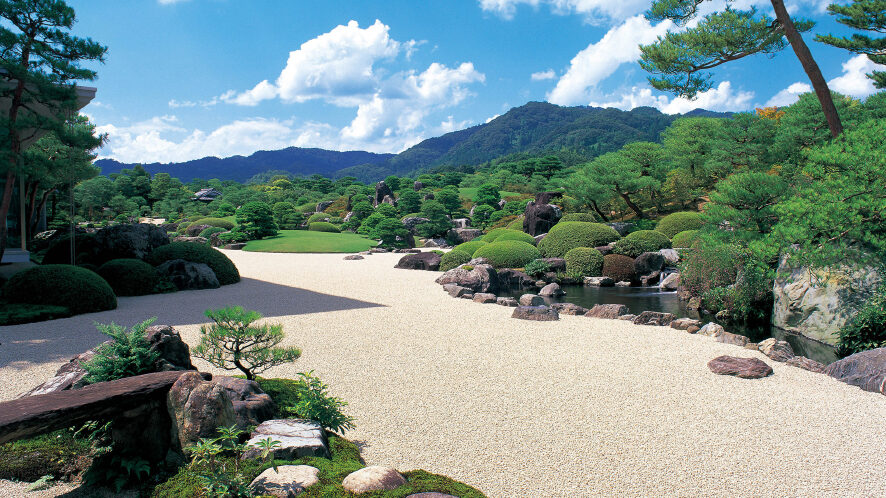

足立美術館
Yasugi, halfway between Matsue and Yonago, is home to the world-famous Adachi Museum of Art. The Adachi Museum of Art focuses on modern Japanese paintings and is home to the famous Yokoyama Taikan collection. The museum’s main attraction is its garden, which has been ranked first in the Journal of Japanese Gardening, an American magazine specializing in Japanese gardens, for 20 consecutive years since its ranking began in 2003. This is the only place in Japan where visitors can enjoy the natural beauty of the garden, including the mountains in the distance, which looks like a painting when viewed from inside the museum. The garden is beautiful in each season of spring, summer, fall, and winter.
和鋼博物館
Yasugi has long been a town of sharpening craftsmen who sharpen Japanese swords. Even today, there are many companies in Yasugi that polish and test iron. The Wado Museum is Japan’s only comprehensive museum on “tatara,” a unique Japanese iron-making process that has continued for more than 1,000 years, a metal that has supported human life since ancient times.
Visitors can trace the history of steel production and learn how steel was made through exhibits using various iron-making tools and models, which are designated as National Important Tangible Folk Cultural Properties, and which can only be seen here. Visitors can also learn about “tatara” from a variety of perspectives, including how Yasugi City, where the museum is located, has developed in tandem with steel, and the research materials of Dr. Kunikazu Tawara, a Shimane native and the godfather of “wagou” (Japanese steel), who was a leading expert in metallurgical research.
In addition, there are hands-on exhibits such as operating the “tenbin-fuigo,” which was actually used in tatara factories, and various video materials, so please stop by if you are interested in swords.
米子


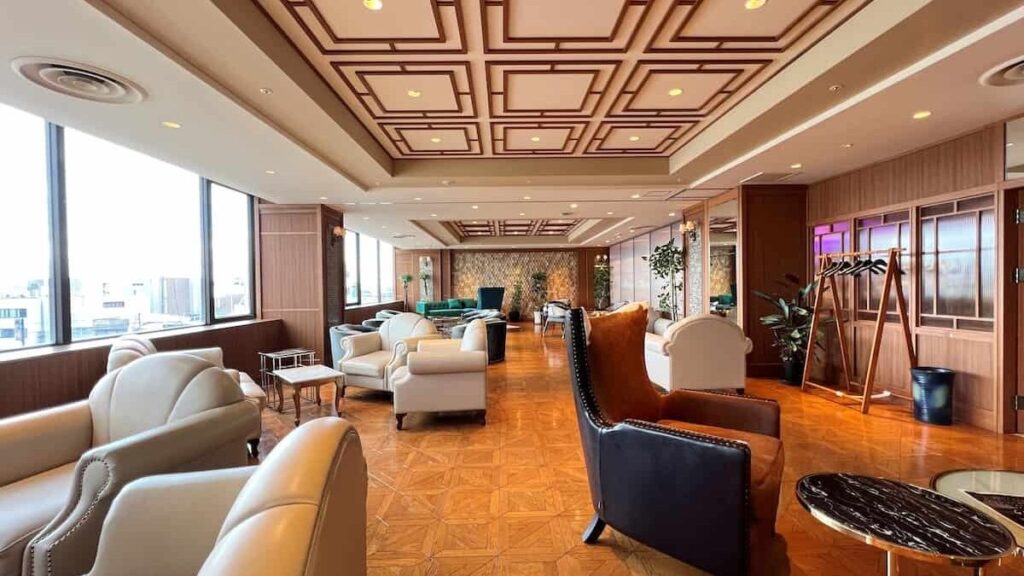
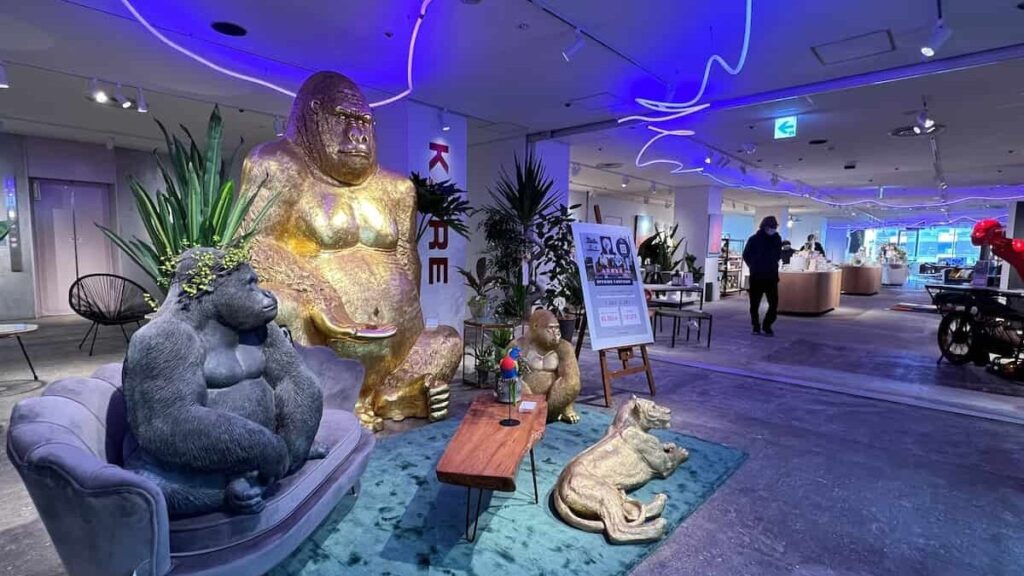
JU米子高島屋
I have moved from Shimane Prefecture to Tottori Prefecture. Yonago City in Tottori Prefecture, which is adjacent to Shimane Prefecture, offers entertainment and many unusual shopping spots. First of all, when you come to Yonago, you should definitely stop by Takashimaya, the pride of Japan’s department stores. If you want to buy some souvenirs, please stop by the product hall where you can buy not only Izumo, Matsue, and Yonago specialties, but also products from all over Japan. Of course, Takashimaya also has high-brand stores and limited edition products. On the renovated 5th floor, you will find one of Japan’s largest modern interior design stores, Living House. The store offers a wide variety of furniture and original home electronics with sophisticated designs that you have never seen before, as well as artwork to decorate your room or store. Just being in this extraordinary space is exciting, but how about taking a commemorative photo with a giant gorilla, the only one of its kind in Japan, to pray for good luck?

GOOD BLESS GARDEN
GOOD BLESS GARDEN
GOOD BLESS GARDEN was originally the site of the Takashimaya East Building in Yonago. In this day and age, it is common for large department stores to have difficulty operating in rural areas, but the GOOD BLESS GARDEN project was not just a renewal of a commercial facility; it was an urban development project with an eye toward the future of Japan. The facility has seven floors: the first floor is a food and beverage floor, the second floor is a fitness gym, the third and fourth floors are the Manga Museum, and the fifth through seventh floors are lodging and a large bath facility complete with sauna. As you can see from the floor layout, GOOD BLESS GARDEN is designed to give a sense of an urban worldview despite its rural location, based on the concept of “bringing a new lifestyle” to Yonago. With the key concepts of urban, modern, and green as its mainstay, it proposes the way rural lifestyles should be in the future. The design reflects the desire to make Yonago City a center for new urban development in Japan and a new landmark that will enliven the city for many years to come. Please enjoy GOOD BLESS GARDEN, which is filled with many ideas for new rural reform projects in Japan, to the fullest.


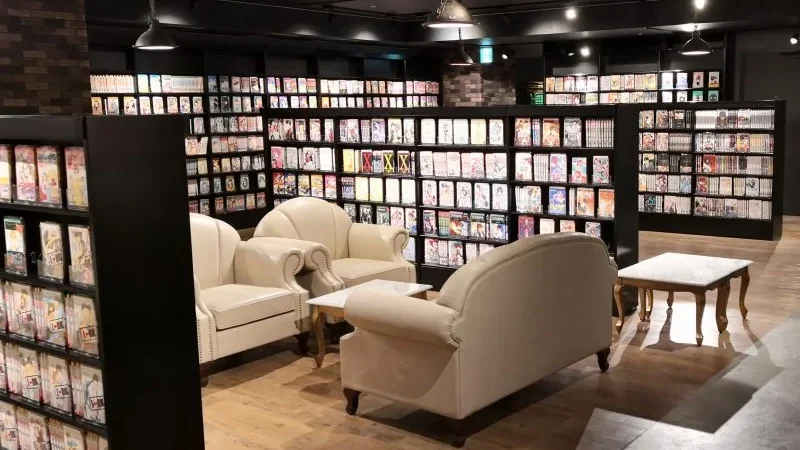
米子マンガミュージアム ✖︎ 自由空間
Yonago Manga Museum is a facility where you can enjoy 200,000 manga, one of the largest manga collections in Japan, view the valuable manga collection, and study or work in a quiet and tranquil environment. You can enjoy manga and the Internet in your private room, or if you want to play with others, darts, billiards, table tennis, and party games are available for a full day of entertainment. Enjoy experience in a sophisticated and open space.

四川中華 GOCHI 五智
GOCHI is a famous restaurant in Yonago that serves authentic Szechuan Chinese cuisine. The owner has focused on a modern space with a colonial design. The high ceiling of the main floor is boldly decorated with original lighting in large, medium, and small dragon motifs to symbolize the space. The restaurant is also particular about its objets d’art, creating an extraordinary space where men and women of all ages can come to feel a little bit taller than usual. Recommended menu items include gyoza (dumpling) Szechuan bean curd soup with hot spicy sauce, jyotsu no soup-less tantanmen (noodles without soup), numbing lunch to make you fall in love, and jyotsu no gusto lunch, all of which are full of innovative dishes that will surely satisfy you. Why don’t you meet a legend of the town of Yonago, or the Empress of Japan who is the talk of the town right now?

ガチャガチャの森
Gacha-gacha, a capsule toy that is representative of Japanese culture and now very popular worldwide. As its name suggests, GACHA GACHA NO MORI in Yonago is one of the largest in western Japan, with an impressive 1,040 GACHA GACHA machines. The capsules of Gacha Gacha contain high quality products at low prices, making them very popular both as a hobby and as souvenirs. With so many gachagachas, you are sure to find a product you like. Not only for those who love Gacha-gacha, but also for those who enjoy just looking at it, families, couples, and those who have never experienced it before should check it out. It’s also fun to have a cup of coffee at the cafe next door and have a good time emptying Gacha Gacha capsules together.

TSUTAYA 東福原店
TSUTAYA has been a source of Japanese culture for many years, and while Shibuya TSUTAYA at Shibuya Scramble Crossing is world famous, TSUTAYA in Yonago is no slouch in terms of quality and entertainment offerings. On the second floor, in addition to selling and renting CDs, DVDs, and games, there is a card store and a space where you can play cards. Gacha Gacha no Mori is also located here.












